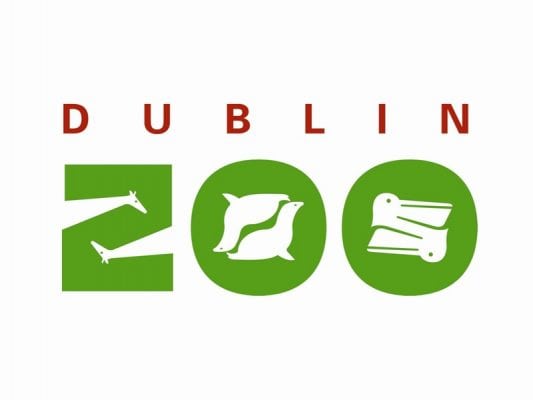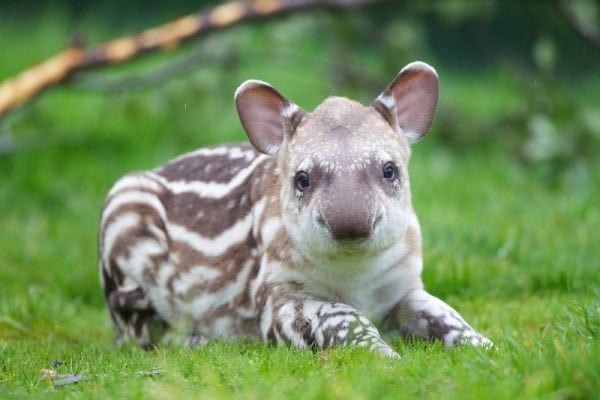- Created: September 29, 2013 10:12 pm
- Updated: December 12, 2017 10:59 am
- Distance Instructions
- Distance 0 m
- Time 0 s
- Speed 0.0 km/h
- Min altitude 0 m
- Peak 0 m
- Climb 0 m
- Descent 0 m
Dublin Zoo located in the Phoenix Park is one of the world’s oldest zoos and one of Irelands top tourist attractions. Founded in 1830, the 28 hectare park is in the heart of Dublin and is home to some 400 animals. It is divided into areas such as World of Cats, World of Primates, The Kaziranga Forest Trail, Fringes of the Arctic, African Plains, Birds, Reptiles, Plants, City Farm and Endangered Species and is a great day out for kids and adults alike. Some interested facts include:
- In 1830 Lord Lieutenant granted the Zoological Society use of a portion of Phoenix Park for the purpose of creating a menagerie or zoo.
- In 1844, the first giraffe arrived and in 1855 its first pair of lions.
- Dublin Zoo is famous for its Lions.
- Lions bred for the first time in 1857 and Dublin Zoo has bred more lions than in any other Zoo in the world.
- The worlds famous and familiar lion who roars politely at the start of every MGM movie was born in Dublin Zoo on 20th March 1927.
- Although MGM calls the lion 'Leo' his actual name was Cairbre. A second lion from Dublin Zoo was also filmed by MGM to replace Cairbre.
- During the 1916 Easter Rising meat ran out at the zoo. In order to keep the lions and tigers fed, some of the other animals in the zoo were killed!
- Reptiles got their own house in 1876 and the first tearooms for humans were built in 1898.
- In 1841 an admission price of a penny was introduced and more than 81,000 people arrived that year.
- THE PHOENIX PARK in Dublin was 350 years old in 2012
- The park started life as a royal deer park for King Charles II in 1662.
- A Neolithic community lived in the Phoenix Park about 5,500 years ago
- Vikings buried their dead in what is now the Phoenix Park
- The Phoenix Park covers 1,752 acres (707 hectacres) which makes it one of the largest city parks in Europe
Dublin Zoo located in the Phoenix Park is one of the world’s oldest zoos and one of Irelands top tourist attractions. Founded in 1830, the 28 hectare park is in the heart of Dublin and is home to some 400 animals. It is divided into areas such as World of Cats, World of Primates, The Kaziranga Forest Trail, Fringes of the Arctic, African Plains, Birds, Reptiles, Plants, City Farm and Endangered Species and is a great day out for kids and adults alike. Some interested facts include:
– In 1830 Lord Lieutenant granted the Zoological Society use of a portion of Phoenix Park for the purpose of creating a menagerie or zoo.
– In 1844, the first giraffe arrived and in 1855 its first pair of lions.
– Dublin Zoo is famous for its Lions.
– Lions bred for the first time in 1857 and Dublin Zoo has bred more lions than in any other Zoo in the world.
– The worlds famous and familiar lion who roars politely at the start of every MGM movie was born in Dublin Zoo on 20th March 1927.
– Although MGM calls the lion ‘Leo’ his actual name was Cairbre. A second lion from Dublin Zoo was also filmed by MGM to replace Cairbre.
– During the 1916 Easter Rising meat ran out at the zoo. In order to keep the lions and tigers fed, some of the other animals in the zoo were killed!
– Reptiles got their own house in 1876 and the first tearooms for humans were built in 1898.
– In 1841 an admission price of a penny was introduced and more than 81,000 people arrived that year.
– THE PHOENIX PARK in Dublin was 350 years old in 2012
– The park started life as a royal deer park for King Charles II in 1662.
– A Neolithic community lived in the Phoenix Park about 5,500 years ago
– Vikings buried their dead in what is now the Phoenix Park
– The Phoenix Park covers 1,752 acres (707 hectacres) which makes it one of the largest city parks in Europe



